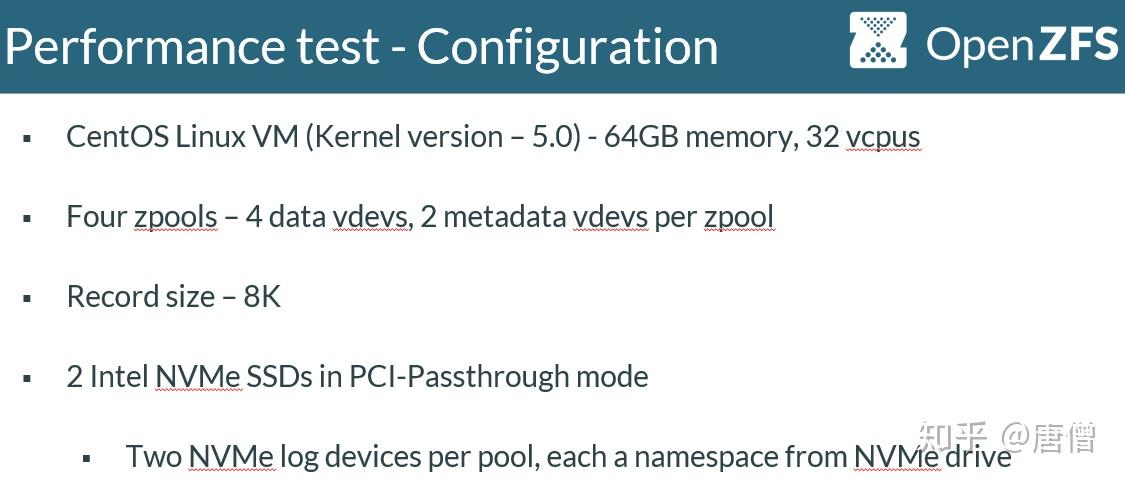

More detailed view can be seen by adding the -v to the end of the zpool zpool iostat -v This will display something zpool statusĬhecking I/O statistics for ZPools: zpool iostat Zpool create vol0 raidz2 /dev/sdb /dev/sdc1 /dev/sdd /dev/sdeĬhecking the size and usage of zpools: zpool listĬhecking health status for ZPools: zpool status ZPool raidz2 set: Similar to RAID5 with dual parity. Zpool create vol0 raidz /dev/sda /dev/sdb /dev/sdc Zpool create vol0 mirror /dev/sda /dev/sdb Zpool create vol0 /dev/sda /dev/sdb /dev/sdc Finally, when mirroring, block devices can be grouped according to physical chassis, so that the filesystem can continue in the face of the failure of an entire chassis. Besides standard storage, devices can be designated as volatile read cache (ARC), nonvolatile write cache, or as a spare disk for use only in the case of a failure. Block devices within a vdev may be configured in different ways, depending on needs and space available: non-redundantly (similar to RAID 0), as a mirror (RAID 1) of two or more devices, as a RAID-Z group of three or more devices, or as a RAID-Z2 group of four or more devices. A zpool is constructed of virtual devices (vdevs), which are themselves constructed of block devices: files, hard drive partitions, or entire drives, with the last being the recommended usage. ZFS filesystems are built on top of virtual storage pools called zpools.


 0 kommentar(er)
0 kommentar(er)
